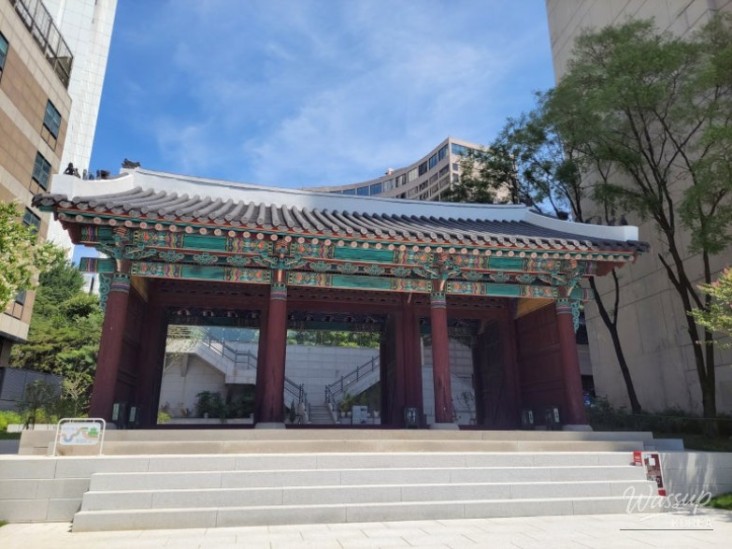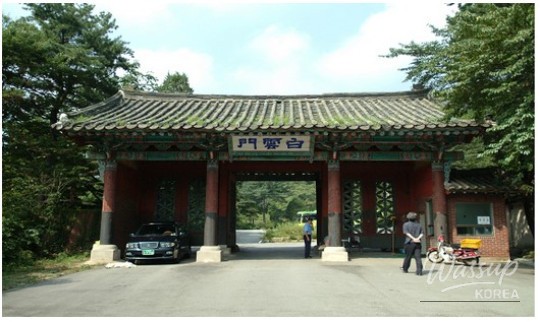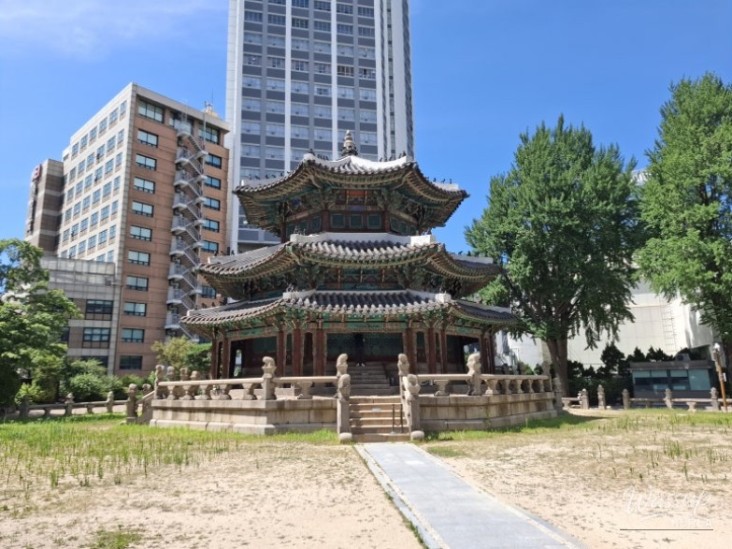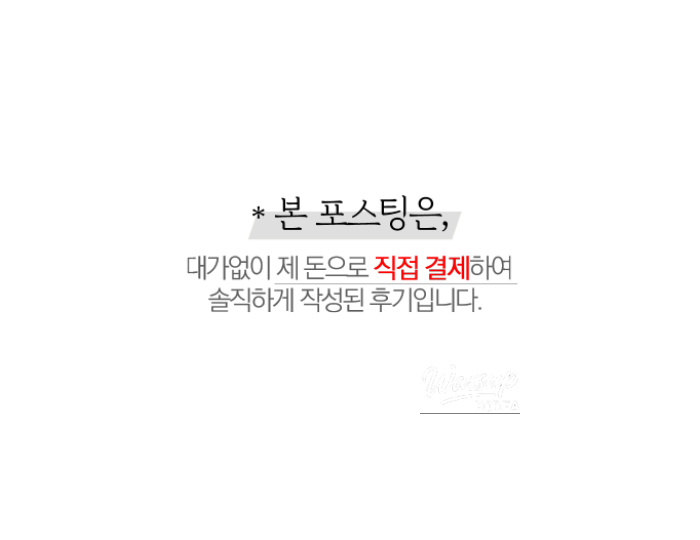Visiting Hwangudan: A Glimpse into Korea's Imperial Past

Facing Seoul Plaza in front of Seoul City Hall stands Hwangudan. I visited Hwangudan for the opportunity to see inside 'Hwanggungwoo'.
The iron fence that had been in front of the main gate has been removed, and the closed gate is now wide open. It finally feels like it has returned to its original form. According to news reports, the fence was removed in December 2023, so I must have not noticed it even while passing by.
Image: Front gate of Wongudan (Seoul City Cultural Heritage Data)

The main gate was originally located south of Hwanggungwoo, along Sogong-ro Road where the Westin Chosun Hotel entrance is now. It was demolished in the late 1960s and remained lost for a long time. In 2007, during the redevelopment of the Green Park Hotel in Ui-dong, Gangbuk-gu, it was discovered that the gate used as the hotel's main entrance was the original main gate of Wongudan and was relocated and restored. (Local information board)
In 1967, when the current Westin Chosun Hotel was newly built, the main gate and some other facilities were demolished together. In 2007, its whereabouts were discovered, and in 2009, it was relocated and restored to its current location as part of the 'Wongudan Citizen's Park'. Although not its original location, it is a meaningful place overlooking Seoul Plaza and Deoksugung Palace.
Image: Wongudan Main Gate Used as Green Park Hotel Main Gate (Captured from Hankyoreh Newspaper (October 19, 2009))

Hwangudan (圜丘壇) and Wongudan (圓丘壇) are used interchangeably, as 환(圜) and 원(圓) have the same meaning, but it seems there is debate in academia. The article in the 『The Independent』 dated October 12, 1897, covering the proclamation of the Korean Empire, uses the term Hwangudan. However, the Cultural Heritage Administration's official name is 'Historic Site Hwangudan,' and the main gate, a Seoul City Cultural Heritage, is labeled as 'Wongudan Main Gate.'
Hwangudan requires climbing stairs after passing through the main gate. I arrived a little earlier than scheduled, so I looked around and searched for information about Hwangudan.
Five *japsang* (small figurine ornaments) are placed on the roof of the Wongudan Main Gate, visible from the top of the stairs.
Image: Hwangudan (Historic Site)

Hwangudan, also known as Wongudan, is where the emperor performed ancestral rites to heaven. This site was previously Nambyeolgung, where Chinese envoys were received during the late Joseon Dynasty. In 1897, when Gojong ascended to the throne as emperor, Hwangudan was built in accordance with the imperial etiquette. During the Japanese colonial period, in 1913, the Governor-General of Korea demolished the Hwangudan altar buildings, except for Hwanggungwoo, Seokgo, Samun, and Hyeopmun, and built the Chosun Gyeongseong Railway Hotel on the site. (Local information board)
Image: Hwangudan Hwanggungwoo

'Sogong-dong' and 'Nambyeolgung'
Originally, this site was the residence of Princess Gyeongjeong, the second daughter of King Taejong, and Jo Dae-rim, the son of Jo Joon, the Prince of Pyeongyang. Therefore, this place was called 'Sogongjugol' or 'Sogongjuddaek', from which the name 'Sogong-dong' originated.
In 1583 (the 15th year of King Seonjo's reign), just before the Imjin War, King Seonjo extensively renovated Princess Gyeongjeong's house and gave it to his third son, Prince Uian, and it was called Nambyeolgung. However, Prince Uian died young, leaving the house empty. During the Imjin War, the Japanese army, which occupied Hanyang, was stationed there, and after the recapture of Hanyang, Ming Dynasty generals such as Li Rusong stayed there. Afterwards, Nambyeolgung continued to be used as a place to receive envoys from the Ming and Qing dynasties, and Yebinsi, an office under the Ministry of Finance that entertained envoys and supervised meals for the royal family, was also located there.
Image: 'Sogong-dong Origin Stone Marker' at the entrance of the Westin Chosun Hotel

Hwangudan is largely divided into three areas:
The circular altar area with three tiers where ancestral rites were performed, the Hwanggungwoo area, an octagonal three-story building housing the ancestral tablets of the gods of heaven, and the Seokgo area, which had a stone drum. Hwangudan was demolished during the Japanese colonial period, and now only some facilities remain, such as Hwanggungwoo and Seokgo in Seokgogak.
Image: Hwanggungwoo (皇穹宇)

Two years after building Hwangudan, in 1899, Hwanggungwoo was built north of Hwangudan, enshrining the spirit tablets of the God of Heaven (Hwangcheon Sangje - 皇天上帝), the God of Earth (Hwangji Gi - 皇地祇), and Emperor Taejo (太祖高皇帝).
After waiting a while, an official opened the door. I could see the inside from the door, but I could not enter. It was a meaningful time because it is not usually open to the public.
Hwanggungwoo is an octagonal building built on an octagonal platform, and the pillars are also octagonal. From the outside, it appears to have a three-story structure, but the central part of the interior is designed as a single, open space. In the center of the ceiling, two eight-clawed dragons are carved, seemingly symbolizing the status of an independent imperial nation, surpassing the seven-clawed dragons in Geunjeongjeon Hall of Gyeongbokgung Palace.
The ancestral tablets were covered with golden cloths, so I could not see their appearance.
Image: Spirit tablets enshrined in Hwangudan Hwanggungwoo

Image: Ceiling decoration of Hwanggungwoo in Hwangudan - Eight-clawed dragon

The doors and windows installed on the eight sides are decorated with *soseul kkotssal* (latticework flower patterns). Between the outer pillars, *pareongak* (wave and lotus patterns) are carved, expressing the purity and sacredness of the lotus and the dynamism and vitality of the wave patterns, adding delicate beauty.
Image: Hwangudan Octagonal Pillars and Pareongak Decoration

Image: Hwangudan Stone Three-Door Gate (石造三門)

The stone three-door gate connected to the altar and Hwanggungwoo. The *dapdo* (stone stairway) engraved with dragons symbolized the dignity of the emperor who alone could pass through.
Looking from Hwanggungwoo, why does the stone three-door gate feel like the main gate of the Chosun Hotel? When viewed from inside the Westin Chosun Hotel, the three-door gate and Hwanggungwoo seem like garden decorations.
Image: Hwangudan Stone Three-Door Gate

Image: Hwangudan Stone Drum (石鼓)

A monument built in 1903 to commemorate the 40th anniversary of Emperor Gojong's accession to the throne, it symbolizes a musical instrument used to perform ancestral rites to heaven. The body is engraved with elaborate dragon patterns.
Originally, it was in Seokgogak, but in 1932, during the Japanese colonial period, when Bokmunsa Temple was built, Seokgogak was used as building material for the temple's annex and was demolished, and Seokgo was exposed to the outside.
Image: Hwangudan Stone Drum

Hwangudan, a great symbol of the Korean Empire, was intentionally destroyed along with Jangchungdan Park during the Japanese colonial period. By building on that site, the remaining facilities have become like sculptures in a hotel garden.
Image: Hwangudan Stone Drum

Furthermore, it is regrettable that even the story of our own damage and oblivion has been added. Although it may not be possible to restore it to its original state now, I feel regret once again at the sight of it appearing like a garden in an upscale hotel.
Image: Hwangudan Stone Drum

Looking at Naver Maps, the entrance to the Westin Chosun Hotel parking lot is marked as 'Hwangudan Main Altar Site'.
I had seen the Haechi statue erected at the parking lot entrance, but I had not seen the sign indicating the Hwangudan main altar site. The 'Sogong-dong Origin' stone marker on the opposite side only contained information about Sogong-dong.
Image: Hwangudan Stone Drum

Image: Hwangudan Stone Drum

I looked around to see if there was a stone marker for the Nambyeolgung site nearby, but I couldn't find it.
Image: Hwangudan Stone Drum

Image: Hwangudan Stone Drum

Image: Initial Layout of Hwangudan

Image: Location of Hwangudan and Hwangudan Main Altar Site

I need to organize more information about the construction and destruction of Hwangudan.










2025-07-12
No comments yet.






